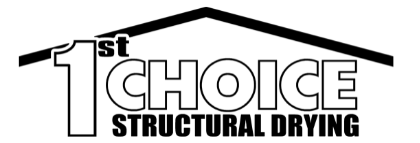Mold Prevention Tips Every Homeowner Needs to Know
Mold growth is a common problem that many homeowners face, and it can cause significant damage to both your health and property. Mold growth can lead to respiratory problems, allergies, and other health issues, and it can also weaken the structure of your home. That’s why it’s essential to take preventive measures to stop mold growth before it becomes a significant problem.
In this blog, we will discuss the mold prevention tips every homeowner needs to know. We will explore what mold is and how it grows, the dangers of mold growth, and the common places where mold grows. We will also provide you with practical tips to help you control moisture levels, monitor humidity, and improve air quality in your home to prevent mold growth.
By the end of this blog, you will have a better understanding of the importance of mold prevention and the practical steps you can take to keep your home mold-free.
What is Mold and How Does it Grow?
Explanation of Mold Growth
Mold is a type of fungus that grows in warm, damp, and humid conditions. It reproduces by producing spores that are released into the air and can settle on surfaces where they begin to grow.
Mold growth is typically caused by excess moisture in your home, which can be a result of leaks, high humidity levels, or poor ventilation. When left untreated, mold can grow quickly and spread to other areas of your home, causing damage to both your health and property.
The Common Places Where Mold Grows
Mold can grow in a variety of places throughout your home, including:
Bathrooms: Moisture from showers and baths can lead to mold growth in bathrooms, particularly in tile grout, around the tub or shower, and on the ceiling.
Kitchens: Cooking and washing dishes can create excess moisture in your kitchen, which can lead to mold growth on walls, ceilings, and under sinks.
Basements: Basements are particularly prone to mold growth due to their location underground, poor ventilation, and high humidity levels.
Attics: Poor ventilation and roof leaks can lead to excess moisture in attics, making them an ideal place for mold growth.
The Effects of Mold Growth on Health and Property
Mold growth can have significant effects on both your health and property. Exposure to mold spores can lead to respiratory problems, allergies, headaches, and other health issues. Mold can also weaken the structure of your home, causing damage to walls, ceilings, and floors. Additionally, mold growth can lead to unpleasant odors and the need for costly repairs if left untreated.
Mold Prevention Tips
Control Moisture Levels in Your Home
One of the most effective ways to prevent mold growth in your home is to control moisture levels. This can be achieved by fixing leaks, drying wet areas immediately, and ensuring that there is adequate ventilation in areas prone to moisture, such as bathrooms and kitchens. Use exhaust fans or open windows to allow air to circulate and dry out any moisture.
Use Proper Ventilation
Proper ventilation is crucial in preventing mold growth. Ensure that there is adequate ventilation in your home, particularly in areas prone to moisture, such as bathrooms, kitchens, and basements. Consider installing exhaust fans or a dehumidifier to help keep the air dry and prevent mold growth.
Monitor Humidity Levels
Monitoring humidity levels in your home is another effective way to prevent mold growth. Keep humidity levels below 60%, particularly in areas prone to moisture, such as bathrooms, kitchens, and basements. You can use a hygrometer to measure humidity levels and adjust accordingly.
Regularly Inspect Your Home for Mold
Regularly inspecting your home for mold can help you identify and address mold growth before it becomes a significant problem. Check for signs of mold growth in areas prone to moisture, such as bathrooms, kitchens, and basements. Address any mold growth you find promptly and ensure that the affected areas are properly cleaned and dried.
Clean and Dry Water Damage Immediately
Cleaning and drying water damage immediately can help prevent mold growth. If you experience water damage, it’s essential to act quickly to dry out the affected area and prevent moisture from settling. Use fans, dehumidifiers, and open windows to help dry out the area.
Improve Air Quality
Improving the air quality in your home can also help prevent mold growth. Use an air purifier or HEPA filter to help remove mold spores and other contaminants from the air. Ensure that your HVAC system is properly maintained and that air ducts are clean and free of mold growth.
Use Mold-Resistant Materials in Your Home
Using mold-resistant materials in your home can help prevent mold growth. Consider using mold-resistant drywall, paint, and insulation in areas prone to moisture, such as bathrooms and basements. These materials are designed to resist moisture and prevent mold growth.
By implementing these mold prevention tips, you can help keep your home mold-free and protect your health and property from the damaging effects of mold growth.
Additional Tips
Keep Your Home Clean and Clutter-Free
Keeping your home clean and clutter-free can also help prevent mold growth. Clutter can trap moisture, which can lead to mold growth. Regularly clean your home, especially areas prone to moisture, such as bathrooms and kitchens.
Control Humidity in Your Bathroom and Kitchen
Controlling humidity in your bathroom and kitchen can help prevent mold growth. Use exhaust fans or open windows to allow air to circulate and dry out any moisture. Wipe down surfaces after use, and ensure that there are no leaks.
Use a Dehumidifier
Using a dehumidifier can help remove excess moisture from the air and prevent mold growth. Use a dehumidifier in areas prone to moisture, such as basements and bathrooms.
Monitor Your Indoor Plants
Indoor plants can create excess moisture in your home, which can lead to mold growth. Monitor your indoor plants and ensure that they are not creating excess moisture. Avoid over-watering your plants and ensure that pots have adequate drainage.
What to Do if You Find Mold in Your Home
Do Not Disturb the Mold
If you find mold in your home, do not disturb it. Disturbing mold can cause spores to spread throughout your home, leading to further mold growth and potential health problems.
Contact a Professional Mold Remediation Company
Contact a professional mold remediation company like 1st Choice Structural Drying. They have the expertise and experience necessary to safely and effectively remove mold from your home.
Prepare for Mold Remediation
Prepare for mold remediation by removing any belongings from the affected area and sealing off the area to prevent spores from spreading.
Remove the Mold
Professional mold remediation companies will remove the mold and ensure that the affected area is thoroughly cleaned and dried to prevent further mold growth.
Conclusion
In conclusion, mold prevention is an essential aspect of maintaining a healthy and safe home. By controlling moisture levels, using proper ventilation, monitoring humidity, regularly inspecting your home for mold, cleaning and drying water damage immediately, improving air quality, using mold-resistant materials, and implementing additional tips like keeping your home clean and controlling humidity, you can prevent mold growth in your home.
If you do find mold in your home, it’s essential to contact a professional mold remediation company like 1st Choice Structural Drying to safely and effectively remove the mold and ensure that your home is healthy and mold-free.

